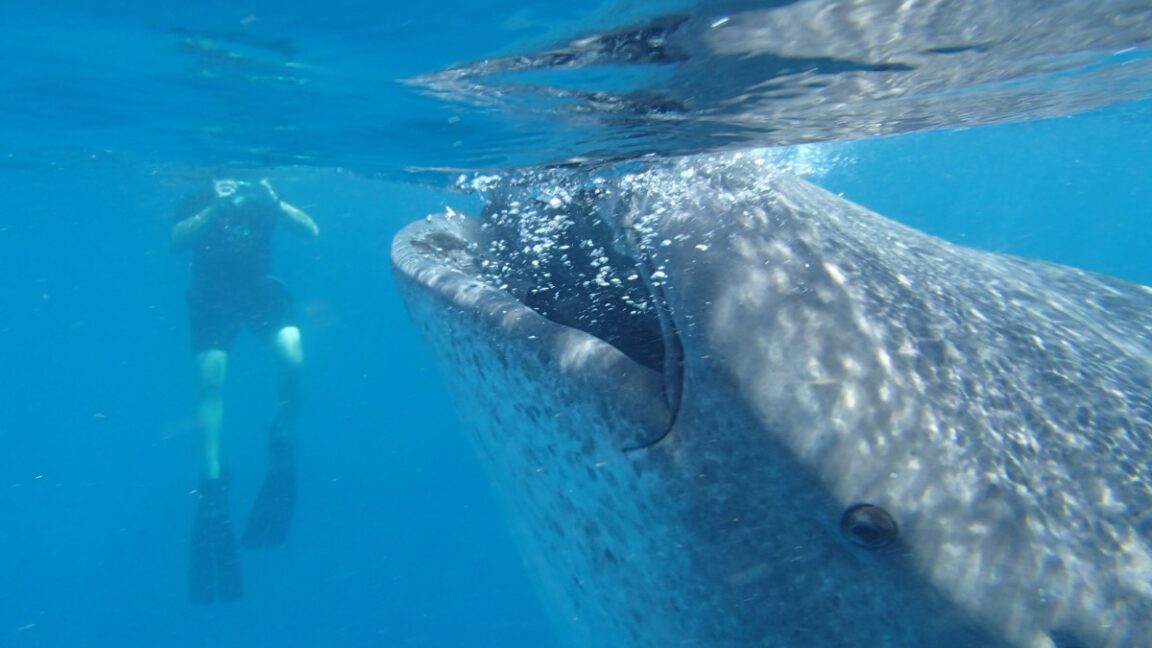
New body size database for marine animals is a “library of life”
How did your country report this? Share your view in the comments.
Diverging Reports Breakdown
New body size database for marine animals is a “library of life”
Marine Organizational Body Size (MOBS) is an open-access database of body size data for marine animals. It currently covers 40 percent of all described marine animal species, with a goal of achieving 75 percent coverage. MOBS is already enabling new research on the ocean’s biodiversity and global ecosystem, according to a paper published in the journal Global Ecology and Biogeography. “Body size isn’t just a number; it’s a key to how life works,” says lead creator Craig McClain.
The latest addition is the Marine Organizational Body Size (MOBS) database, an open-access resource that—as its name implies—has collected body size data for more than 85,000 marine animal species and counting, ranging from microscopic creatures like zooplankton to the largest whales. MOBS is already enabling new research on the ocean’s biodiversity and global ecosystem, according to a paper published in the journal Global Ecology and Biogeography. The database is now available though GitHub and currently covers 40 percent of all described marine animal species, with a goal of achieving 75 percent coverage.
“We’ve really lacked that broader persecutive for a lot of ocean life,” marine ecologist Craig McClain of the University of Louisiana at Lafayette told Ars. McClain is the lead creator of MOBS. “We know about evolution and ecology for mammals and birds especially, and to a lesser extent reptiles and amphibians. We just haven’t had these big collated body size data sets for the marine groups, especially the invertebrates.” The MOBS project is basically constructing a “library of [marine] life.”
This in turn paves the way for research on macroecology and macroevolution for marine animals. As McClain likes to say, “Body size isn’t just a number; it’s a key to how life works,” because that simple trait is related to “how a species moves, eats, survives, and evolves. What jellyfish do and their ecology is so much different than for a mammal that it makes you wonder how universal some of the [widely accepted] ‘rules’ really are.”
